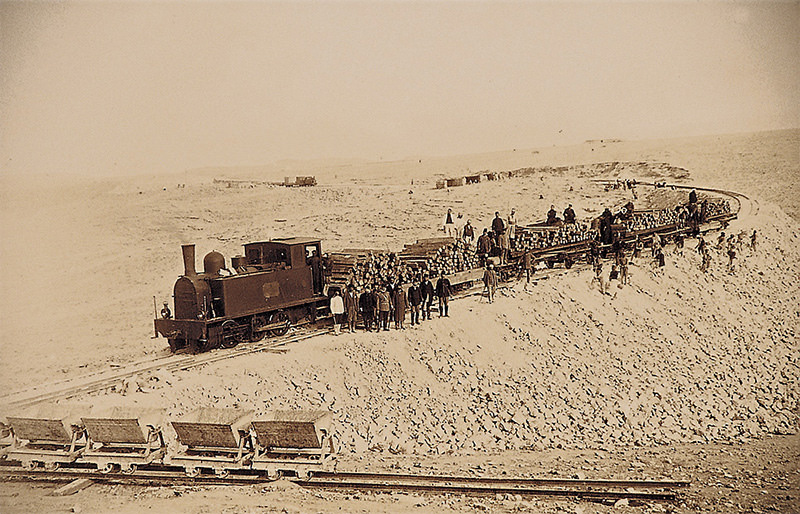
The Jordanian Hejaz Railway, which connects Damascus and Amman to Medina in Saudi Arabia, is a historic example of Ottoman creativity that has made the spiritual journey easier for Muslim pilgrims.
The Hejaz railway line is one of the oldest in the region and the world. It was built in 1902 during the reign of Ottoman Sultan Abdul Hamid II and has allowed pilgrims to drastically cut down their travel time.
Before the railway project became operational, the trip used to take three months, but it now takes only 54 hours.
Salah al-Lozi, director of the Jordanian Hejaz Line Foundation, told Anadolu Agency that the "railway line is the legitimate and heir son of the Ottoman Empire and the Turkish Republic."
"Since the establishment of the line, its main goal has been to save time and effort for Muslim pilgrims," al-Lozi said. "It is one of the oldest railway lines in the Middle East and the world."
The railway line continues to operate from Jordan, but has stopped its services from Syria as a result of the ongoing civil war.
Al-Lozi said a recent agreement with Turkey to develop the project includes building a museum for the historic railway, which will display pictures of how the line was created.
During a recent visit to Jordan by Turkish Prime Minister Ahmet Davutoglu, the Turkish TIKA agency signed an agreement with Jordan's Hejaz Railway Foundation to build the museum.
